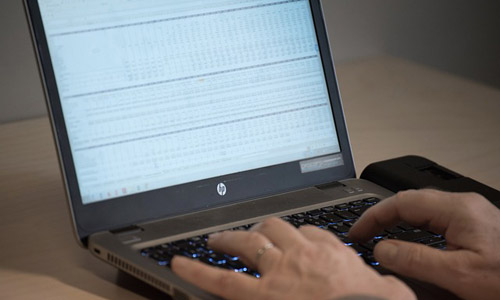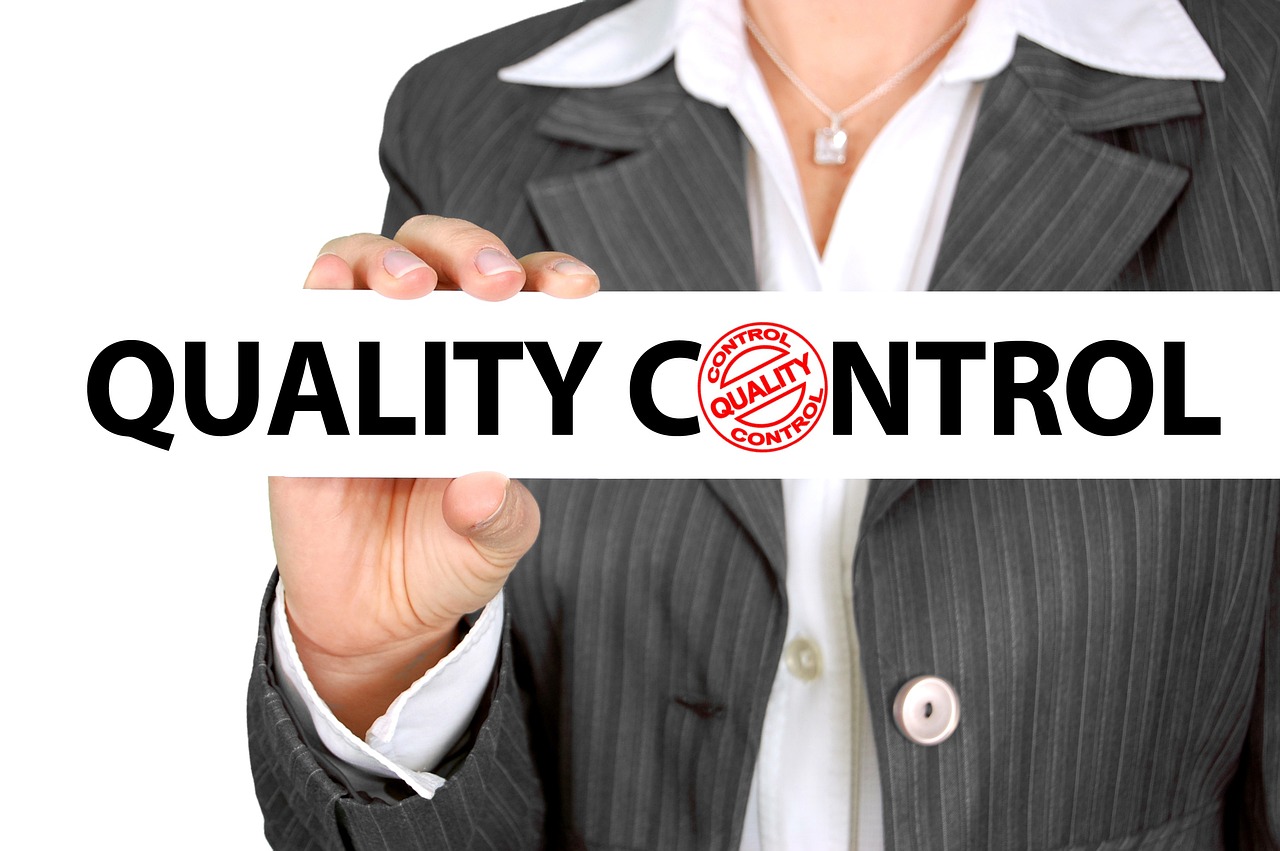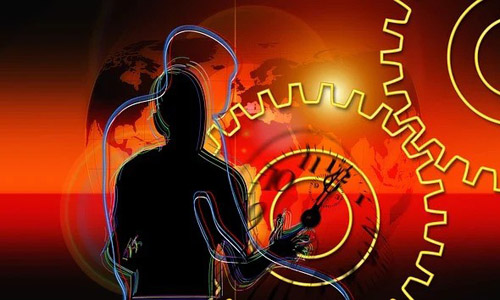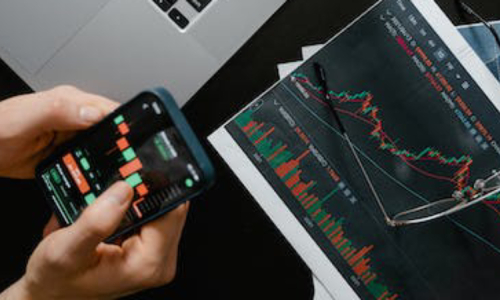Übersetzungsdienste für Patentanmeldedokumente
Patentanmeldeunterlagen sind wichtige Rechtsinstrumente, die Erfindungen und Innovationen vor unbefugter Nutzung schützen. Wenn diese Unterlagen bei ausländischen Patentämtern eingereicht werden, müssen sie präzise und akkurat übersetzt werden, da jede Fehlinterpretation oder Mehrdeutigkeit zur Ablehnung der Anmeldung führen oder den durch das Patent gebotenen Schutz schwächen könnte. Die Übersetzung von Patentanmeldeunterlagen ist ein Spezialgebiet, das nicht nur sprachliche Fachkenntnisse, sondern auch ein tiefes Verständnis des technischen Themas und der juristischen Terminologie erfordert. In diesem Artikel werden die verschiedenen Arten von Patentanmeldeunterlagen, die mit ihrer Übersetzung verbundenen Herausforderungen und die Best Practices zur Gewährleistung qualitativ hochwertiger Übersetzungen untersucht.

Bewährte Vorgehensweisen für die qualitativ hochwertige Übersetzung von Patentdokumenten

Zusammenarbeit mit Fachexperten
- Angesichts des technischen Charakters von Patentdokumenten ist es für Übersetzer oft von Vorteil, mit Fachexperten (SMEs) zusammenzuarbeiten, die über fundierte Kenntnisse des jeweiligen Gebiets verfügen. Diese Zusammenarbeit kann dazu beitragen, dass die Übersetzung technisch korrekt ist und alle komplexen Konzepte richtig vermittelt werden.
Nutzung von Translation Memorys und Terminologiedatenbanken
- Translation-Memory-Tools können von unschätzbarem Wert sein, wenn es darum geht, die Konsistenz über große Patentanmeldungen hinweg zu wahren, insbesondere bei der Arbeit mit mehreren Dokumenten. Diese Tools speichern zuvor übersetzte Segmente und schlagen sie für die Verwendung in neuen Übersetzungen vor. So wird sichergestellt, dass dieselben Begriffe und Ausdrücke konsistent verwendet werden.
- Terminologiedatenbanken sind auch für die Verwaltung des Fachvokabulars in Patentdokumenten unerlässlich. Diese Datenbanken können angepasst werden, um branchenspezifische Begriffe, juristische Terminologie und bevorzugte Übersetzungen einzuschließen und so sicherzustellen, dass die Übersetzung genau und konsistent ist.
Qualitätssicherungsprozesse
- Um die Genauigkeit von Patentübersetzungen sicherzustellen, ist ein robuster Qualitätssicherungsprozess (QA) von entscheidender Bedeutung. Dieser Prozess umfasst in der Regel mehrere Überprüfungsrunden, darunter Prüfungen auf technische Genauigkeit, rechtliche Konformität und sprachliche Qualität. Der QA-Prozess kann auch eine Validierung durch einen zweiten Übersetzer oder SME umfassen, um Fehler oder Unklarheiten zu erkennen.
- Darüber hinaus sollten Patentübersetzer Glossare, Stilhandbücher und andere Referenzmaterialien verwenden, um sicherzustellen, dass ihre Übersetzungen den erforderlichen Standards entsprechen.
Den rechtlichen Kontext verstehen
- Patentübersetzer müssen den rechtlichen Kontext, in dem die Übersetzung verwendet wird, gut verstehen. Dazu gehören Kenntnisse der Patentgesetze und -vorschriften in der Zielgerichtsbarkeit sowie der spezifischen Anforderungen für Patentanmeldungen. Das Verständnis des rechtlichen Kontexts trägt dazu bei, sicherzustellen, dass die Übersetzung nicht nur genau, sondern auch rechtlich einwandfrei ist.
Kontinuierliche Schulung und berufliche Weiterentwicklung
- Der Bereich der Patentübersetzung entwickelt sich ständig weiter, da regelmäßig neue Technologien und rechtliche Entwicklungen auftauchen. Um auf dem neuesten Stand zu bleiben, sollten Patentübersetzer an kontinuierlicher Weiterbildung und beruflicher Entwicklung teilnehmen. Dazu können die Teilnahme an Branchenkonferenzen, die Teilnahme an speziellen Schulungsprogrammen und das Informieren über die neuesten Trends und Best Practices in der Patentübersetzung gehören.
Arten von Patentanmeldedokumenten
Erfindungspatentanmeldungen
- Spezifikation: Die Patentbeschreibung ist der ausführlichste Teil einer Patentanmeldung. Sie beschreibt die Erfindung vollständig, einschließlich ihrer Funktionsweise und Herstellung. Dieses Dokument erfordert eine präzise Übersetzung der Fachbegriffe und eine klare, eindeutige Beschreibung der Erfindung.
- Ansprüche: Die Ansprüche definieren den Umfang des Patentschutzes. Sie müssen genau übersetzt werden, da sie bestimmen, was durch das Patent geschützt ist und was nicht. Jeder Übersetzungsfehler könnte zu einem engeren Schutzumfang oder umgekehrt zu einem zu breiten Anspruch führen, der angefochten werden könnte.
- Abstrakt: Die Zusammenfassung bietet eine Übersicht über die Erfindung. Sie ist zwar kürzer als die Beschreibung, muss aber dennoch das Wesentliche der Erfindung präzise wiedergeben.
- Zeichnungen: Während die Zeichnungen selbst nicht übersetzt werden müssen, müssen der dazugehörige Text oder die Anmerkungen genau übersetzt werden, um sicherzustellen, dass die Zeichnungen richtig verstanden werden.
Gebrauchsmuster-Patentanmeldungen
- Spezifikation und Ansprüche: Ähnlich wie bei Erfindungspatenten erfordern Gebrauchsmusterpatente eine Beschreibung und Ansprüche, diese decken jedoch normalerweise einfachere Erfindungen ab. Die Genauigkeit der Übersetzung bleibt jedoch von größter Bedeutung.
- Zeichnungen und Abstrakt: Gebrauchsmusterpatente umfassen zusätzlich Zeichnungen und eine Zusammenfassung, die mit der gleichen Sorgfalt übersetzt werden müssen wie Erfindungspatente.
Anmeldung von Geschmacksmustern
- Design Beschreibung: Die Designbeschreibung erläutert die visuellen Aspekte des Designs. Um dies zu übersetzen, ist ein gutes Verständnis der Designelemente und ihrer Wahrnehmung in verschiedenen Kulturen erforderlich.
- Ansprüche: Obwohl Designpatente normalerweise einfachere Ansprüche haben, erfordern sie dennoch eine präzise Übersetzung, um sicherzustellen, dass das Design ausreichend geschützt ist.
- Zeichnungen und Fotografien: Ähnlich wie bei Gebrauchs- und Erfindungspatenten müssen alle Anmerkungen oder Beschreibungen, die den Zeichnungen und Fotos beiliegen, genau übersetzt werden.
Vorläufige Patentanmeldungen
- Spezifikation: Vorläufige Anmeldungen enthalten häufig eine weniger formale Spezifikation als eine vollständige Patentanmeldung. Die Übersetzung dieses Dokuments erfordert jedoch dennoch ein hohes Maß an Genauigkeit, um sicherzustellen, dass die vorläufige Anmeldung später in eine nicht vorläufige Patentanmeldung umgewandelt werden kann, ohne dass der Schutz verloren geht.
- Zeichnungen: Vorläufige Anmeldungen können Zeichnungen enthalten, und hier gelten die gleichen Regeln wie für die Übersetzung von Anmerkungen.

Warum wählen Sie uns
Übersetzung Zitat
Die Preisgestaltung für unsere Übersetzungsdienste hängt von den folgenden Faktoren ab:
- Fachliche Komplexität und Datenkomplexität
- Quelle Sprache
- Zielsprache
- Das Gesamtvolumen der zu übersetzenden Daten
- Komplexität der technischen Verarbeitung
- Zeitliche Beschränkungen
- Layout-Spezifikationen
- Verhältnis von Fachvokabular
- Die Notwendigkeit von ausländischen Gutachtern und die Dringlichkeitsstufe usw.
Um einen möglichst genauen Kostenvoranschlag für Ihr geschäftliches Übersetzungsprojekt zu erhalten, ist das Ausfüllen unseres Angebotsformulars die optimale Vorgehensweise.

